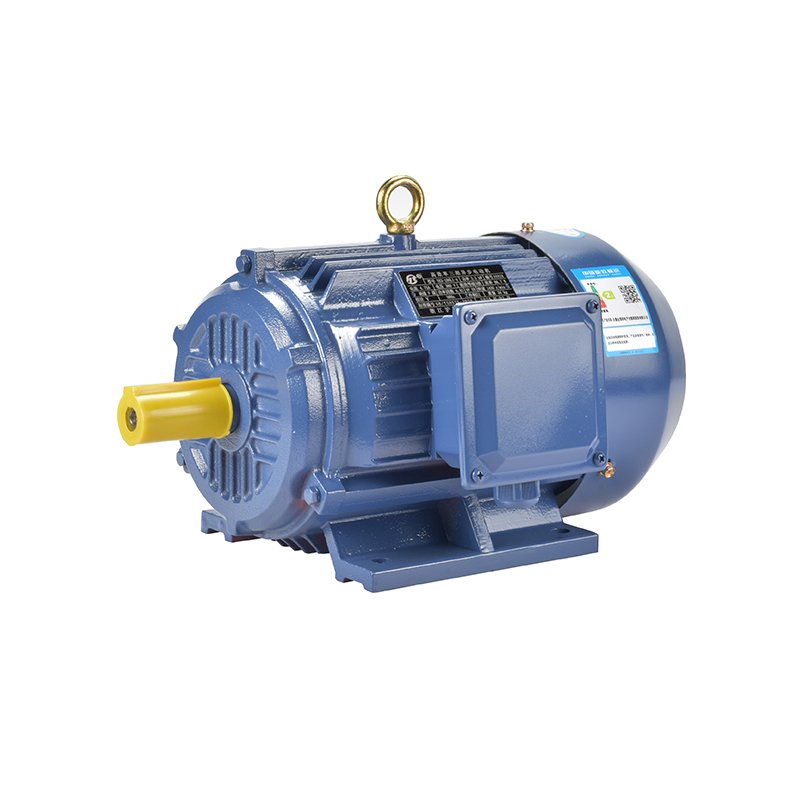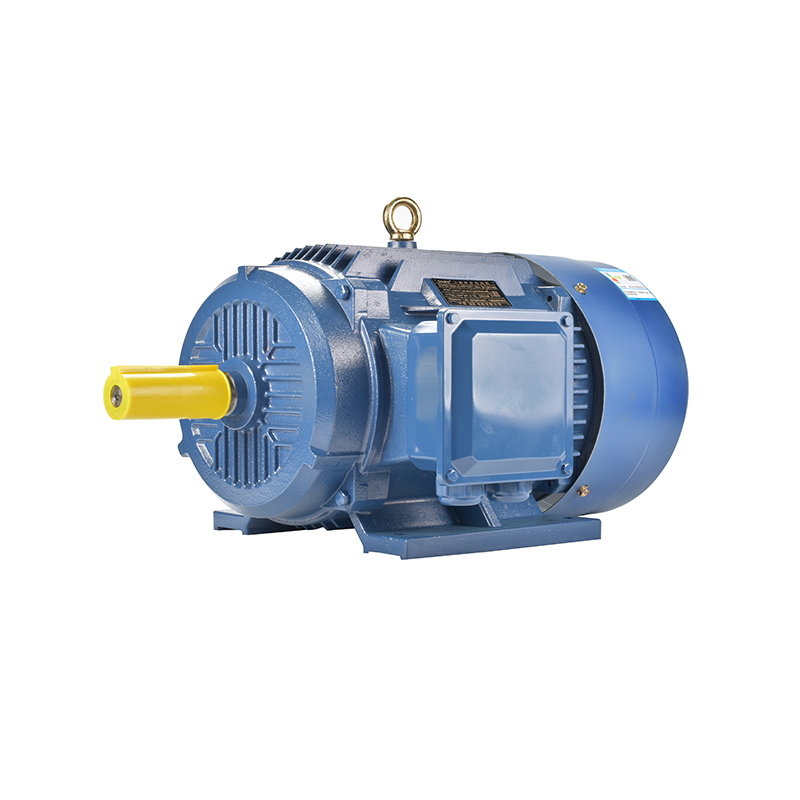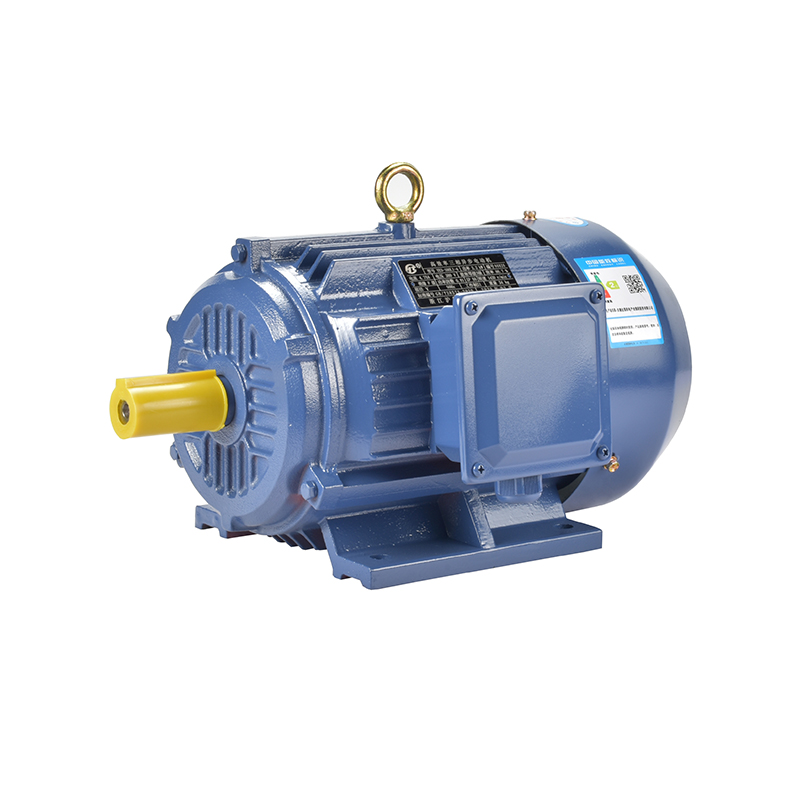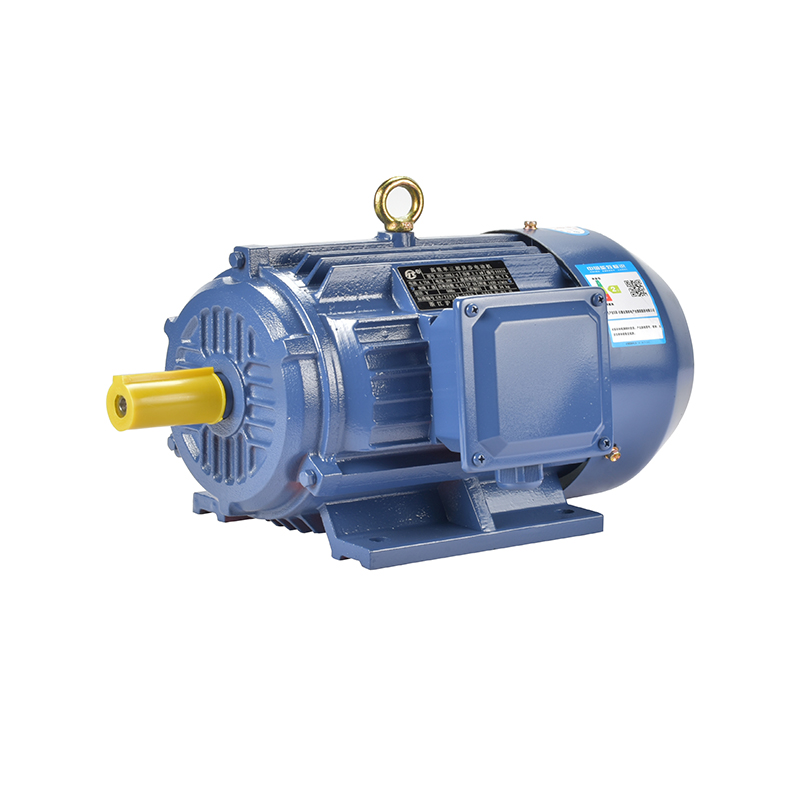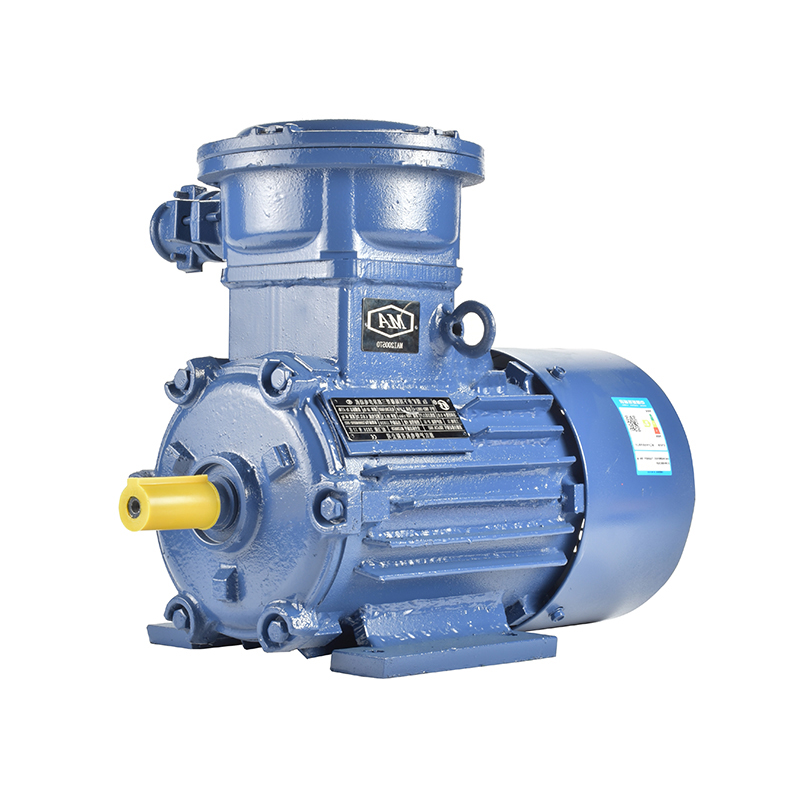Importance Of Insulation Class Selection In Electric Motors
When selecting an electric motor for a specific application, one critical factor that often does not get enough attention is the insulation class of the motor windings. The insulation system plays a vital role in the durability and safe operation of electric motors, especially under demanding conditions. Whether dealing with a high voltage electric motor or a smaller single-phase synchronous motor single phase, understanding insulation class selection is essential for maintaining motor performance and extending its service life.

Electric motors generate heat during operation, which can gradually degrade the insulating materials surrounding the windings. If the insulation is not suited for the temperature conditions the motor experiences, the risk of insulation failure increases. This can advance to short circuits, reduced efficiency, or even complete motor breakdown. Therefore, choosing the correct insulation class ensures that the motor can withstand its thermal environment without premature deterioration.
Insulation classes are standardized according to the temperature the insulation system can tolerate continuously without damage. These classes are typically labeled by letters such as A, B, F, and H, each corresponding to different operating temperatures. For example, Class A insulation is rated up to 105°C, while Class H can tolerate temperatures up to 180°C. These classifications allow engineers and motor designers to match the insulation system to the specific operational demands.
In the case of high voltage electric motors, insulation class selection becomes even more critical. High voltage motors tend to generate more heat due to higher electrical stress on the windings and greater losses. Additionally, the insulation must withstand not only thermal stress but also electrical stress caused by the higher voltage levels. Using an insulation system with an inadequate class in such motors could result in insulation breakdown and possible catastrophic failure. Hence, ensuring an insulation system with an appropriate class helps maintain reliability and safety in high voltage motor applications.
Synchronous motors, including the synchronous motor single phase variants, also benefit greatly from the correct insulation class selection. These motors are often used in applications requiring precise speed control and constant speed under varying loads. The insulation system in synchronous motors must endure continuous operation and fluctuating thermal loads. Single-phase synchronous motors, frequently employed in smaller machinery and specialized equipment, face similar demands despite their size. Selecting a proper insulation class helps these motors handle thermal cycling and maintain consistent performance over time.
Apart from temperature resistance, the quality of insulation materials affects the motor's resistance to moisture, chemicals, and mechanical stresses. Insulation systems are typically composed of multiple layers of varnishes, tapes, and resins designed to protect the winding wires. The choice of insulation class dictates the types of materials used and the manufacturing processes applied. For instance, higher-class insulation systems might incorporate improved resins or additional thermal barriers to extend durability.
In practical terms, the selection of insulation class often depends on the motor’s intended environment and operating conditions. Motors used in industrial settings with high ambient temperatures, frequent starts and stops, or heavy load cycles generally require insulation systems with higher temperature ratings. Conversely, motors operating in mild conditions with stable loads might perform adequately with lower-class insulation.
It is also important to note that while a higher insulation class can increase thermal endurance, it may come with increased manufacturing costs and complexity. Therefore, it is advisable to balance the insulation class selection with realistic expectations of operating conditions and budget constraints. Over-specifying insulation class unnecessarily could result in higher initial costs without tangible benefits.
Maintenance practices also influence insulation longevity. Regular inspections, cleaning, and thermal monitoring can help detect insulation deterioration before it causes motor failure. Combining good maintenance with an appropriate insulation class selection forms a comprehensive approach to motor reliability.
In summary, insulation class selection is a key factor in the design and application of electric motors. Whether dealing with large high voltage electric motors or smaller synchronous motors, including single-phase models, the insulation system must match the thermal and electrical demands of the application. Proper insulation helps protect the motor windings from heat, electrical stress, and environmental factors, thereby supporting longer service life and safer operation. Engineers and users alike should pay careful attention to insulation classes when specifying or purchasing motors to ensure consistent and trouble-free performance.
-
Feedback



 English
English русский
русский Español
Español عربى
عربى

